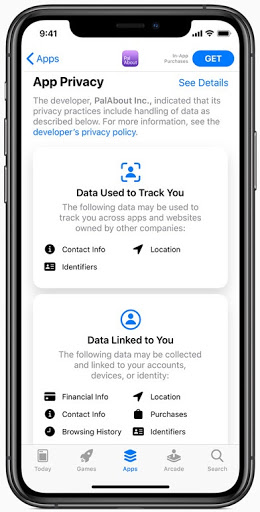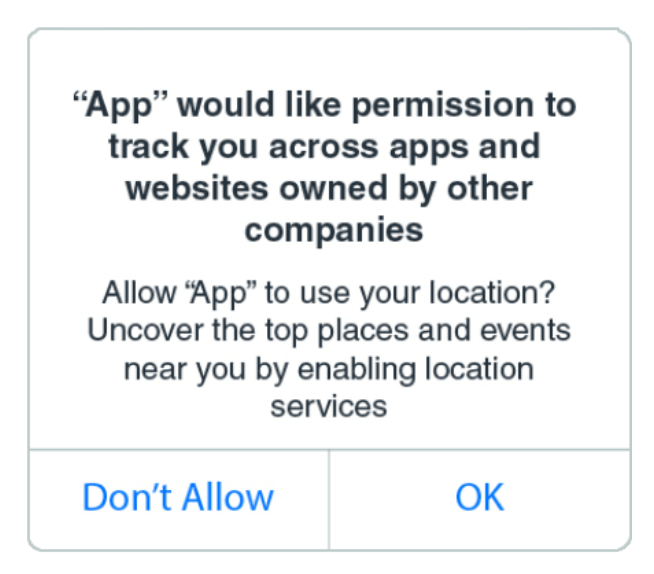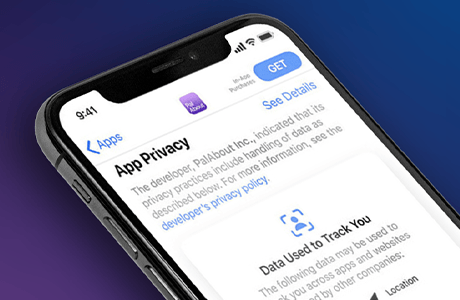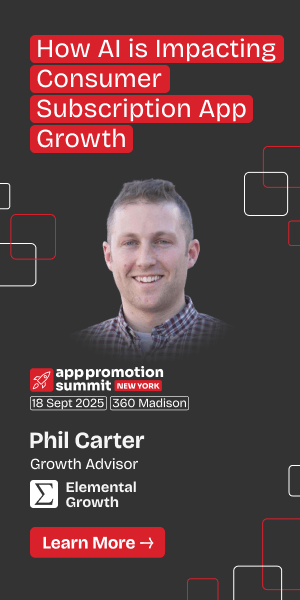Apple has delayed the rollout of its new tracking rules to “sometime in 2021.”
This is great news for the app developers and publishers who were scrambling to get ready for the big switch, whereupon users must grant explicit permission in order for apps to track them and store their data. It was set to be – and still will be – a massive blow to the app makers who rely on high-value, IDFA-targeted ad placements as the primary source of revenue.
But rather than sit back and breathe a sigh of relief and twiddle your thumbs for the next few months, this is the time to sit up and get busy.
We’ve written about the 5 things that publishers must do to adequately prepare for the changes, and those basic steps of course still apply. (For a more detailed list and guide, go here.) After those steps are complete, the best thing you can do now is to test. See, Apple has given us a grace period where everything will work in both worlds, so it’s the ideal scenario for testing and iterating on your 2021 advertising and monetization strategy.
I’m an app publisher – what should I do now?
Before iOS14 officially launched, we were encouraging publishers to create their own modal in order to test the effect of the App Tracking Transparency (ATT) pop-up modal. In those permission opt-ins, they used their own messaging and design; this was beneficial because it allowed them to prime users for what was coming, in a way. But it was also because the actual Apple API wasn’t available yet. Now it is, so publishers can choose to show the modal.
Why would they do this, and essentially start the IDFA plummet early? Because it’s worth it to have the information on what will happen once everyone starts receiving it. Say you have 100,000 users. Take a random assortment of 10,000 of them, and implement the code that will show those users the specific Apple popup, then see what the opt-in rates are. (You can flex up or down, allocating different amounts of users for testing.)
Having that number – your opt-in rate – is going to be invaluable, because it reduces the number of unknown factors in your ad performance and thus helps you plan for 2021. If you share that information with your ad networks, they will also be able to adjust for the right amount of anonymized users and make predictive models for your future yield.
Apple is now firmly at the helm when it comes to attribution, with SKAdNetwork poised for the full takeover of all postbacks and mobile measurement. Publishers are increasingly adopting info.plists in order to be able to attribute those actions to the right network. Publishers can start updating their plists today, even if they aren’t quite ready to update SDK or Apps for iOS 14 just yet.
I’m (also) a performance advertiser – what should I do now?
As publishers start adopting iOS 14, Advertisers can look at running their first SKAdNetwork campaigns. The great thing about the Apple enforcement delay is that you will now be able to compare the performance of the granular, IDFA-based measurement with the new, less granular campaign-based SKAdNetwork measurement side-by-side. You will be able to see the difference in accuracy and learn how to use it under the ‘SKAdNetwork’ system.
But what is the “SKAdNetwork System” exactly? Essentially, Apple has established a new set of rules for how app install campaigns should behave when users do not opt in to being tracked.
The rules are:
- You cannot track the user from the source app to the destination app in any way
- An app can only be targeted up to 100 distinguishable ways using SKAdNetwork Campaign IDs
- The advertiser can only pass limited post-install information using SKAdNetwork Conversion Values
- There is a delay for receiving this data, and the more you update SKAdNetwork Conversion Value the longer that delay is
So get your measurement straight, and the infrastructure set up so that you can properly adjust to this new system.
Under the new system, the postback info is quite limited: a 6-bit conversion value, a campaign ID between 1-100, source app ID, and that’s pretty much it. That means you need to learn how to run your campaign within these measurement restrictions.
Turn the cliff into a steep hill, and turn the steep hill into a less-steep hill
And do it as early as possible. This is my best advice to both publishers and advertisers. Right now, everyone is at different stages, but I will say that a larger percentage of publishers and SSPs are ready, likely because they know their livelihood depends on it.
Typically, the larger the portion of your business that comes from mobile in-app monetization, the more ready you are at this point. Estimating new opt-in rates and updating plists are also relatively easy tasks to take care of, which helps.
For publishers who still have the majority of their business in a web environment, or agencies and brand DSPs who are far removed from the platform dynamics of Apple and Google, this is presenting a greater challenge. When you are three or four steps removed from the value chain, it’s harder to dive in and figure it out. But in this case, you cannot rely on someone else to do it for you.
Brands – and all advertisers, for that matter – should be aware of the impact this will have, from targeting to pricing to how they can measure performance. They may have to shift some basic campaign strategies they may have relied on in the past. But change is inevitable, and at least we’ve all been given more time to react and adjust to the new rules that govern our mobile ecosystem.













